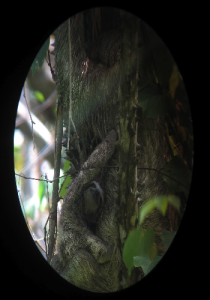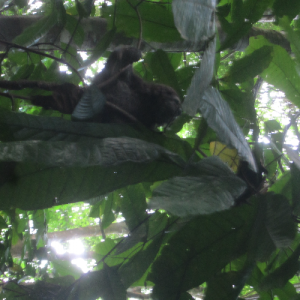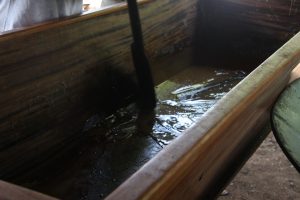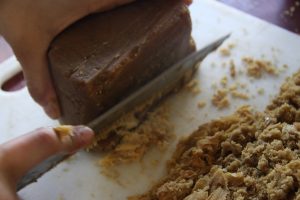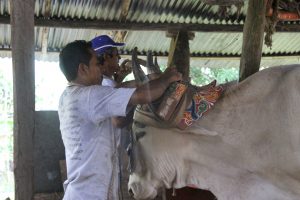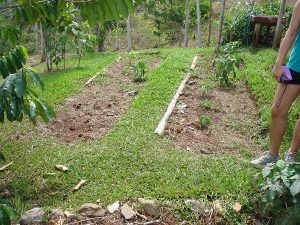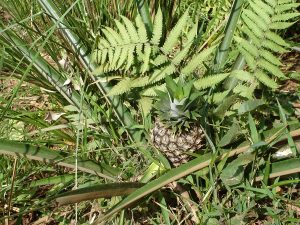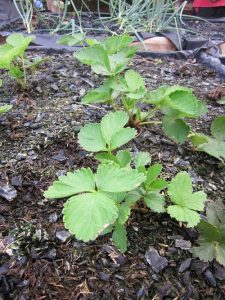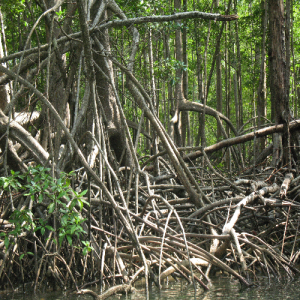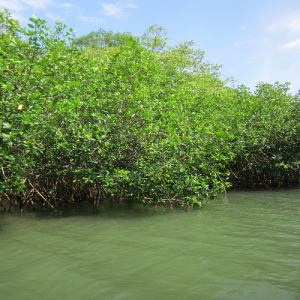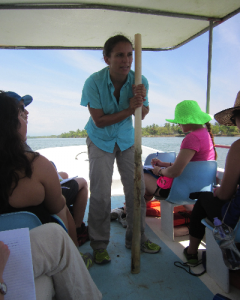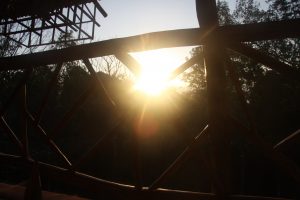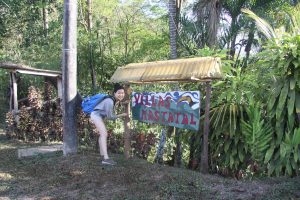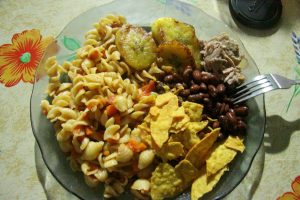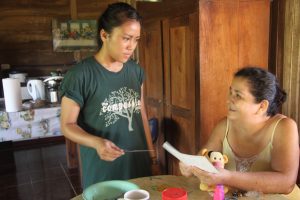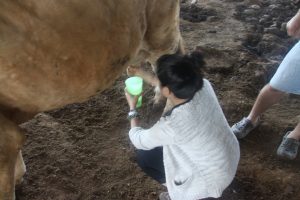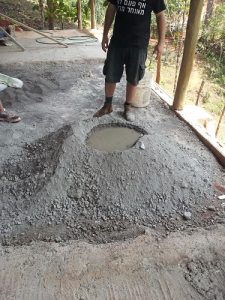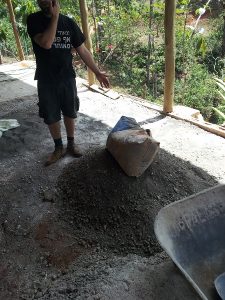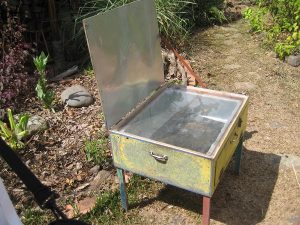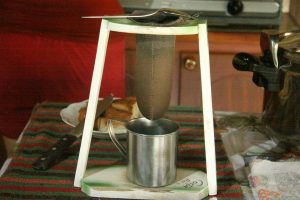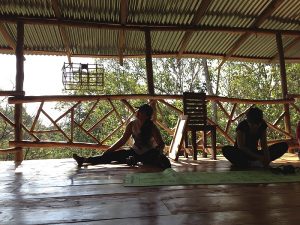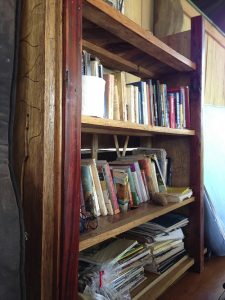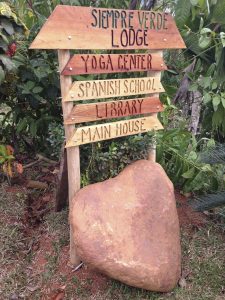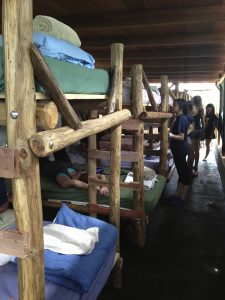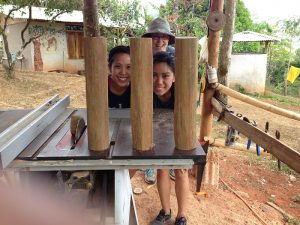Written by: Viviana Sanchez
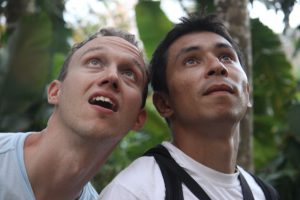 Throughout our visit to Costa Rica, the team progressively learned innovative sustainable practices and about the importance and innocence of wildlife. Without the insight of each of our tour guides – Marcos, Ryan, Carlos, Rigo, Mila, and Javier, I do not believe we would have learned as much as we truly did. Each time we were introduced to a new tour guide, I assumed this was just another tour for them. But during each tour, the guides always managed to introduce a deeper, more sentimental and passionate story along with their wilderness talks, allowing me to see that their jobs truly make a difference.
Throughout our visit to Costa Rica, the team progressively learned innovative sustainable practices and about the importance and innocence of wildlife. Without the insight of each of our tour guides – Marcos, Ryan, Carlos, Rigo, Mila, and Javier, I do not believe we would have learned as much as we truly did. Each time we were introduced to a new tour guide, I assumed this was just another tour for them. But during each tour, the guides always managed to introduce a deeper, more sentimental and passionate story along with their wilderness talks, allowing me to see that their jobs truly make a difference.
One example was when Amy asked Mila what she thought was a good way for students to get involved in helping out sustainability. Mila instantly began to tell us a story about a troop of monkeys having difficulty when trying to explore beyond their small living parameter because of the newly built street. She described how a ten-year-old girl brightly suggested tying a rope from one tree to another above the street as a mini freeway for monkeys to climb across. Mila continued to describe how the easiest and most important way for us to help is by simply speaking up about our innovative and new ideas.
During our bird watching tour, zip lining and the night at the jungle experience at Hacienda Baru, Carlos, Rigo, Ryan and Marcos never failed to identify a bird, insect or even a tree. As we all played a small game of follow the leader while hiking in the jungle, Rigo would go ahead of the group and find a new animal for us to view through his telescope. The guides would then bury themselves into their wildlife books so that they can further explain about the specific animal. I came to realize that they try their hardest to give us the best possible experience with hundreds of facts about Costa Rica’s biodiversity.
Each guide was unique in their way of teaching but when you think of them together, they all contributed to making our trip special. Carlos with his funny stories about baby sloths, Rigo with his eye for finding wild animals, Ryan with his genius insight into each animals background and Marcos personal tours through the jungle.
I don’t know if the people I mentioned on here will read this. Either way I would like to thank you all. Thank you for welcoming us, for accepting our Spanish skills, for showing us your passions and for introducing your beautiful Costa Rica in the way that you all did! Plus everyone’s sense of humor only adds on to the many reasons why I cannot get over the experiences I had in Costa Rica.

